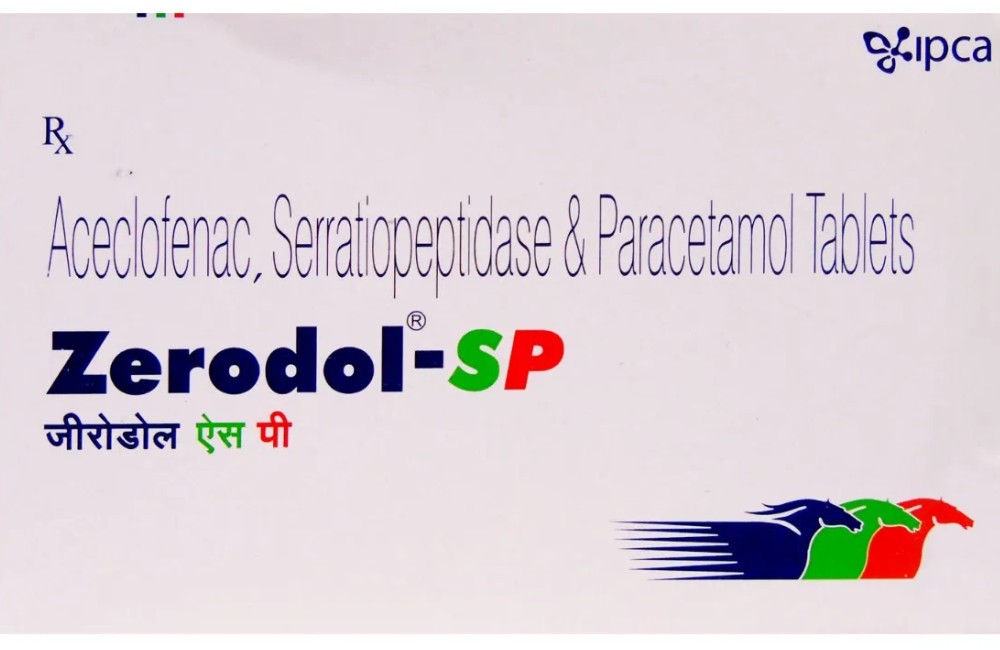Unveiling Food Intolerances: Why You Need Testing

Are you frequently plagued by stomachaches, bloating, or unexplained discomfort after meals? Do you ever wonder if your fatigue or skin issues could be linked to something you’re eating? It might be time to consider a food intolerance test. In this comprehensive guide, we’ll delve into the compelling reasons to get a food intolerance test and how it can transform your relationship with food and your overall well-being.
Table of Contents
ToggleThe Mystery of Food Intolerance
Food intolerance can be a baffling and often frustrating condition. It occurs when your body has difficulty digesting certain foods, leading to a range of uncomfortable symptoms. Understanding the intricacies of food intolerance is the first step in regaining control over your diet and your life.
The Telltale Signs of Food Intolerance
Recognizing the signs of food intolerance is essential for effective management. Symptoms can vary widely, from digestive issues like bloating and diarrhea to skin problems and headaches. By learning to identify these telltale signs, you can take proactive steps towards finding relief.
The Impact on Daily Life
Food intolerance doesn’t just affect your physical health; it can have a profound impact on your daily life. Constant discomfort, dietary restrictions, and the emotional toll of dealing with symptoms can disrupt your routines and overall well-being. This section explores the far-reaching consequences of food intolerance.
The Quest for Answers: Why Get Tested?
Food intolerance testing is a crucial tool in unraveling the mysteries of your dietary discomfort. Discover the compelling reasons why seeking answers through testing is a pivotal step towards regaining control over your diet and your life. From pinpointing trigger foods to improving your overall quality of life, testing holds the key to relief.
The Food Intolerance Testing Options
When it comes to food intolerance testing, there are various options available. From blood tests to elimination diets, this section explores the different methods you can use to identify problem foods. Each approach has its advantages and considerations, so understanding your options is essential.
Preparing for Food Intolerance Testing
Before undergoing food intolerance testing, preparation is key. This section provides valuable insights into what you should do to get ready for the testing process. From consulting with healthcare professionals to making dietary adjustments, proper preparation can lead to more accurate results.
The Testing Process
Once you’re prepared, it’s time to dive into the testing process. This section outlines what you can expect during testing, whether you’re undergoing a blood test, skin prick test, or elimination diet. Understanding the process can help alleviate any anxiety you may have about testing.
Interpreting Food Intolerance Test Results
Understanding your test results is crucial for effective management. This section guides you through interpreting your food intolerance test results, helping you make sense of the information and what it means for your diet and lifestyle.
Next Steps After Testing
After receiving your test results, it’s important to know what comes next. This section provides insights into the steps you should take to manage your food intolerance effectively. From dietary modifications to seeking support, these next steps are essential for your well-being.
Coping with Dietary Changes
Managing food intolerance often involves making significant changes to your diet. This section explores strategies for coping with these dietary changes, from finding suitable alternatives to maintaining a balanced and enjoyable eating plan.
Food Intolerance Myths and Facts
In the realm of food intolerance, myths and misconceptions abound. This section separates fact from fiction, debunking common myths and providing evidence-based information to help you navigate your condition more effectively.
Conclusion: Taking Control of Your Diet
In the concluding section, we summarize the key takeaways from our exploration of food intolerance. By understanding the condition, recognizing its symptoms, and seeking appropriate testing and support, you can regain control of your diet and lead a healthier, more comfortable life.
FAQ’s
Food intolerance testing is a diagnostic process that helps identify specific foods or food components that your body may have difficulty digesting.
Identifying food intolerances without testing can be challenging because their symptoms often overlap with other health issues. However, you can try an elimination diet.
Food intolerance testing methods are generally safe and minimally invasive. Common tests include blood tests, breath tests, and stool tests. While these tests pose minimal risks, you may experience mild discomfort during blood collection or stool sample collection.
Yes, food intolerances can change over time. Some people may experience changes in their intolerances, while others may outgrow them. Retesting is advisable if you suspect your food intolerances have shifted or if you’ve introduced significant dietary changes.
Food intolerance testing coverage varies depending on your insurance plan and the specific test recommended by your healthcare provider. Some insurance plans may cover part or all of the testing costs, especially if the testing is deemed medically necessary.
Book an Appointment
Recent Articles
-
 Full Body Checkup: A Complete Test List for Optimal Health02 Nov 2023
Full Body Checkup: A Complete Test List for Optimal Health02 Nov 2023 -
 Zerodol-SP Tablet: Power of Pain Relief and Inflammation Control30 Jun 2023
Zerodol-SP Tablet: Power of Pain Relief and Inflammation Control30 Jun 2023 -
 Glycerin for Face: A Game-Changer in Skincare?01 Sep 2023
Glycerin for Face: A Game-Changer in Skincare?01 Sep 2023 -
 7 Hacks to Lower Prolactin Levels Naturally27 Sep 2023
7 Hacks to Lower Prolactin Levels Naturally27 Sep 2023 -
 The Incredible Benefits of Eating Walnuts: Boosting Your Health One Nut at a Time29 Jun 2023
The Incredible Benefits of Eating Walnuts: Boosting Your Health One Nut at a Time29 Jun 2023

